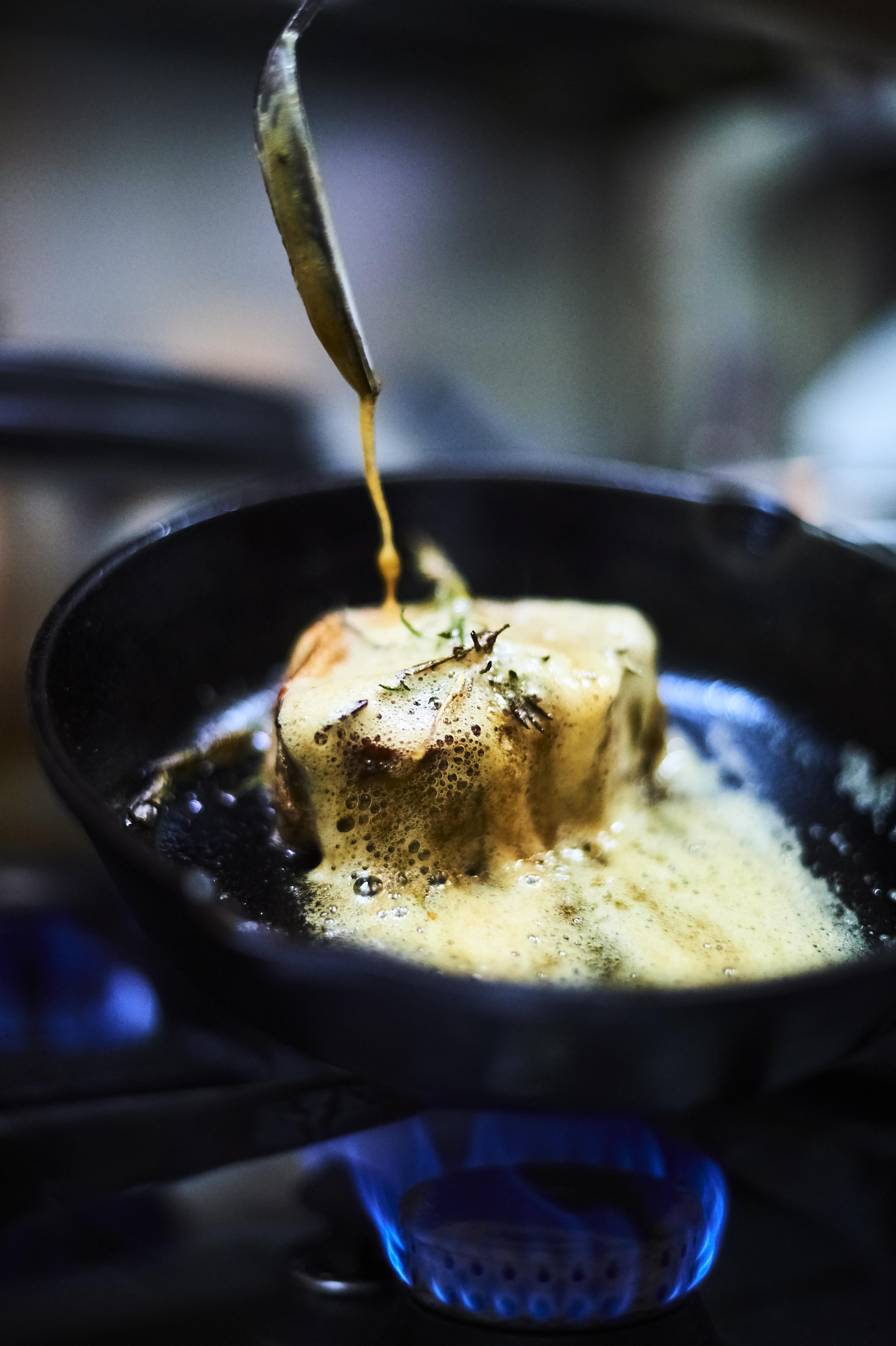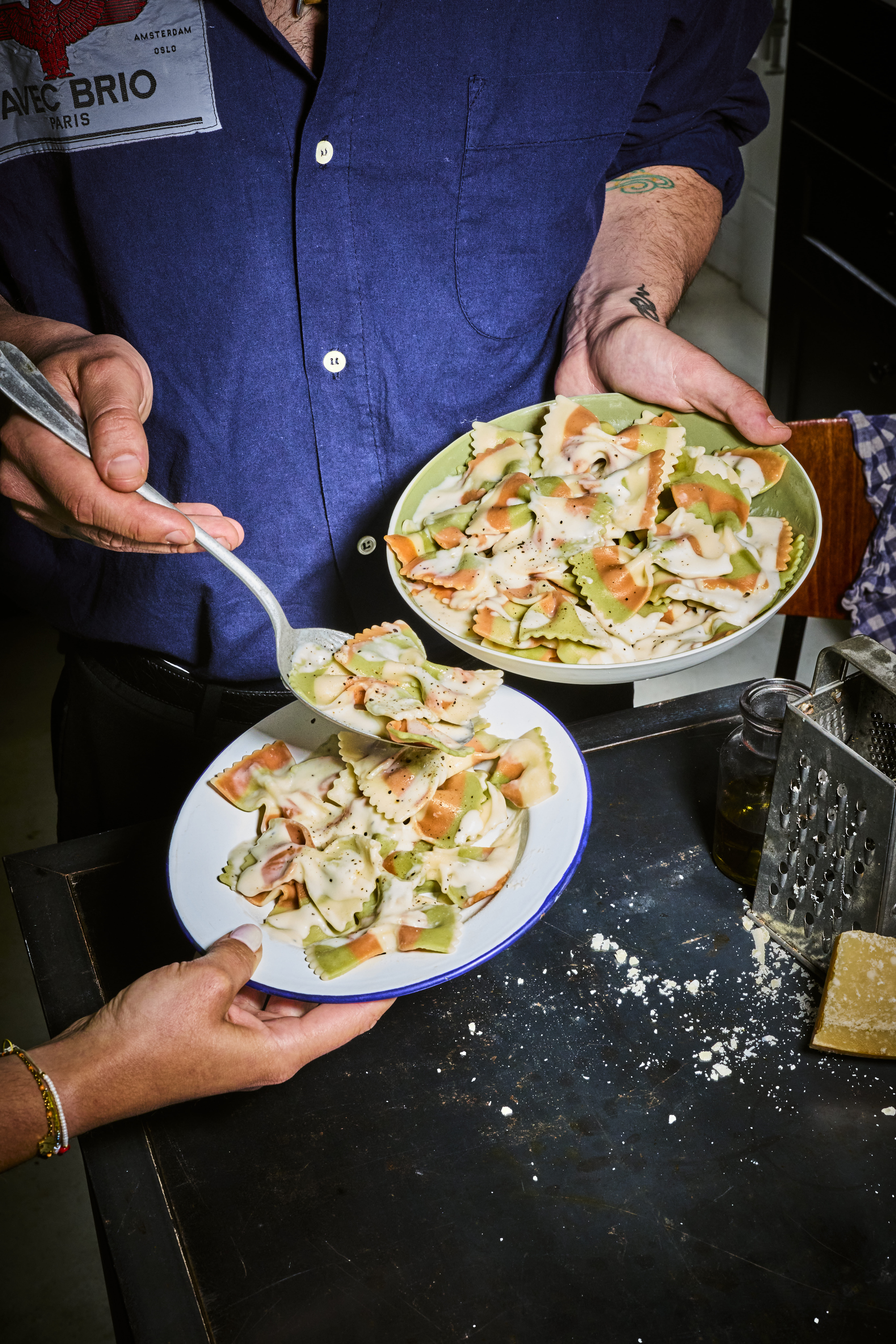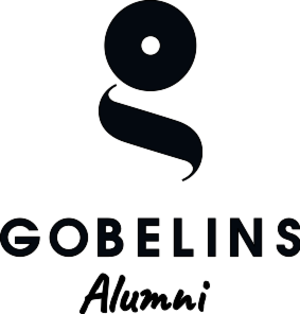News

Martin Balme, Food and lifestyle photographer
Martin Balmegraduatedfrom the Photo and Video program in 2008, and is a food and lifestyle photographer. Based in his Versailles studio, he shoots advertising for magazines and publishing, as well as reportage. He has notably worked for Picard, Tupperware, Le Monde, Nestlé...
Can you tell us a little about your career since graduating as a photojournalistin2008?
During my studies, I did internships with Daniel Mettoudi and Michaël Roulier, two photographers specializing in food.
Michaël hired me even before I graduated. I was his assistant for 2 years. He did a lot of shoots for Picard and Tupperware.
I left the studio to strike out on my own and started working in publishing. Michaël gave up photography in favor of film, and his clients soon came to me, notably Picard and Tupperware. I workedwithTupperware until 2021 and I still work for Picard.
I was able to set up my own business and employ my wife, who is a food stylist. I put aside artistic photographyto devote myself totally to food. I have a studio in Versailles and a house in Poitiers where I shoot for Picard. I'm currently looking for clients in the Poitiers area.

Photo for restaurant 975 - ©Martin Balme
What types of services do you offer?
I shoot a lot outside. Clients are increasingly demanding out-of-studio shoots. This trend began with the press, and Instagram, by dramatically increasing the volume of content produced, has pushed brands to work with more spontaneity. Studio sessions are increasingly being replaced by reports and shoots done directly in the kitchens.
My work falls somewhere between the studio, with highly technical photos, and reportage, with more spontaneous outdoor photos. That's what makes my job so interesting.
When I shoot outdoors, I shoot freehand, I don't use lighting, I usetheexisting light, which I reshape using shadows.

Photo for Picard- ©Martin Balme
How do you approach your customers ?
I'm lucky to have landed contracts very quickly in the publishing world, and then with Picard. I didn't need to do anycanvassing, I just got customersbyword of mouth. Photography works a lot like that, at least in the Paris region. The network counts for a lot.

©Martin Balme
Which project has impressed you the most?
Shooting for Tupperware! I was more impressed by the peopleImet than the projects themselves. These were intense shoots, with 10 packshots and 30 still lifes to be shot in the same week, plus videos.
You had to know how to juggle between the technical characteristics of the photo and those of the video, which could be very different. It was very stimulating. The teams would come up with ideas, and we could bounce ideas off each other and look for solutions. Reconcilingtechnical requirements with the customer's needs was the best way to get your creative juices flowing.
The customers relied heavily on my expertise as a photographer and handyman, which was a lot of fun. The subjects were varied, which was very instructive.
I also had the opportunity to shoot with models. Someone from Tupperware told me "you can do it, it's going to be great, you know how to light an andouillette, you know how to light Kate Moss!"
The collaboration lasted 10 years, and Ishot10,000 images for them.

Photo for Picard- ©Martin Balme
What do you like about photography ?
I really liked the technique. I came from the Beaux-Arts, and started photography to feed my portraits. I quickly realized that photography was more effective than painting, and I got hooked.
Photography was a process that enabled me to produce images that were both artistic and highly crafted and technical.Itwas this efficiency in the medium that appealed to me.
I'd explored photography a lot at art school, and I wanted to push this craft of photography to the limit. GOBELINS gave me the opportunity to train professionally, acquire a solid technical background and meet professionals.
Being able to "hide" behind technique made me feel much more at ease socially. When I started working, we were going through the last vestiges of old-style advertising,with art directors and photographers who could be quite temperamental. Doing your job well, technically speaking, meant you could at least pass the efficiency test and then move on to the interpersonal side of things.

©Martin Balme
How do you see the future of food and lifestyle photography?
Covid was a turning point in the profession. Advertising agencies needed to keep communicating during this period. Since no one could go out and see the ads in the street, brands and agencies turned to social networks.
Influencers were one step ahead of professional photographers. Rather than going through a production and hiring a photographer, brands preferred to rely on the communities created on social networks. In addition to selling their image, influencers have been able to sell their communities to brands.
In the case of a brand like Picard, for example, food influencers will proposecontentthat has nothing to do with the brand's usual image, but which will " perform ", i.e. generate views. And that's enough for brands to create a presence in consumers' minds.
This presence is far superior to what photographers can offer. The imageproductionsystem is much slower. You have toprintit, buy space to displayitin the public space.
Influencers are siphoning off some of the clients of advertising photographers, which has reshuffled the cards in the advertising economy.
I believe thatphotographers need to reinvent themselves , and that this will require a collectiveapproach.

©Martin Balme
Can you tell us one good memory from your years at GOBELINS?
I well remember my first day at GOBELINS and the first technical classes. We were taught how to dismantle and reassemble the equipment to understand how everything worked.
That was a real starting point for me, as it helped demystify the equipment. This is less true today, because cameras have become extremely complex, but those were still the days of film, when you could open up the cameras, the technical rooms and physically confront them.
Going to school was a real turning point. The discovery of the labs, the release of the first images, it was another dimension of photography that opened up to me. It was very stimulating.

©Martin Balme
What advice would you give to a recent graduate?
The profession has changed a lot, depending on the profile of the graduates, but for me, given the ease with which images can be produced today, it's imperative for young photographers to have a strong intellectual background to stand out.
I've sometimes seen photographers waste their talent because they have no knowledge of art history or the codes of image construction.
It's important to learn about photography, to enrich your subject matter, before rushinginand producing tons and tons of images.













No comment
Log in to post comment. Log in.